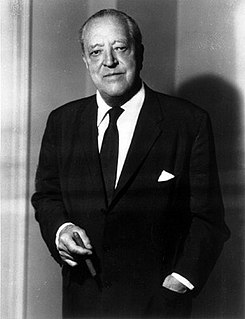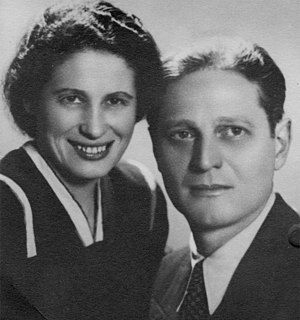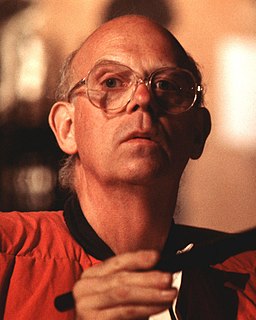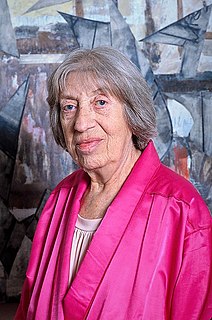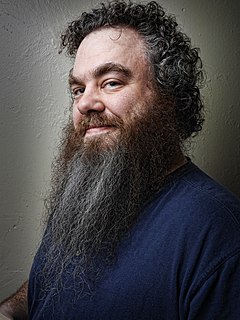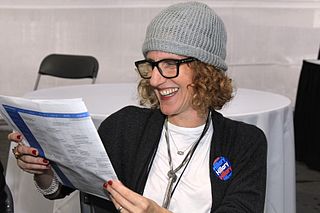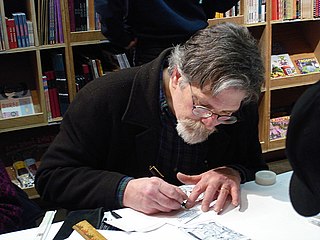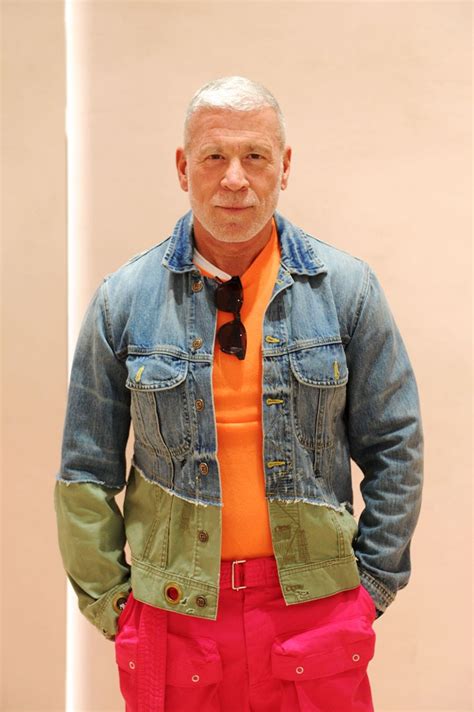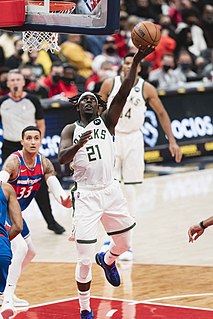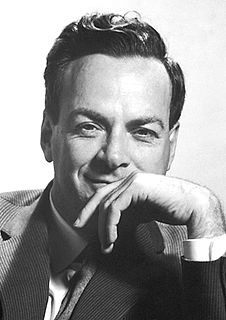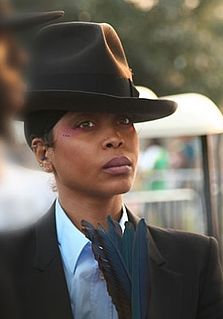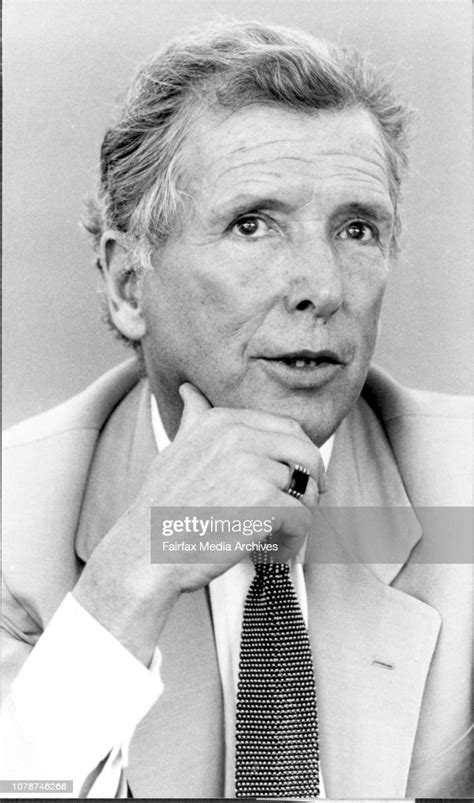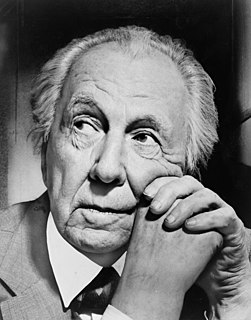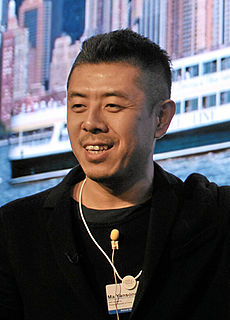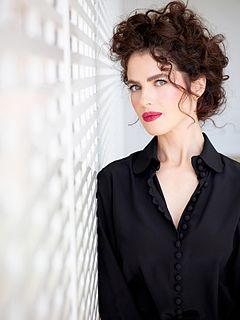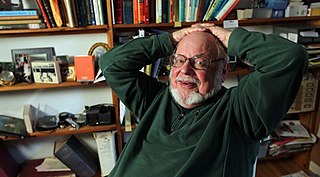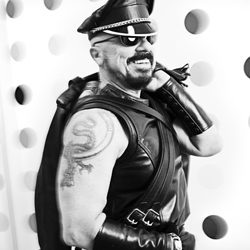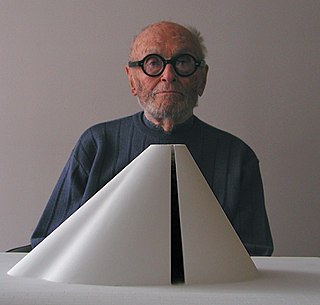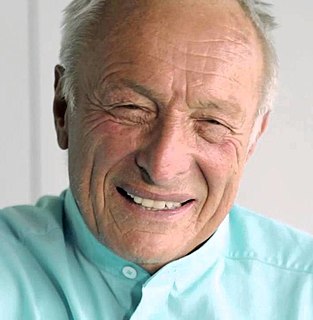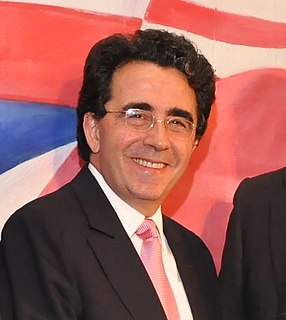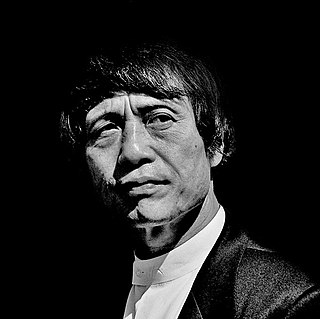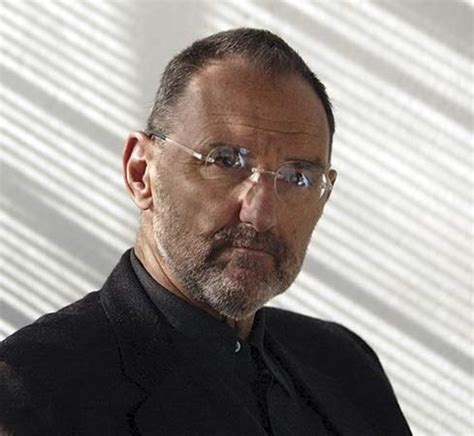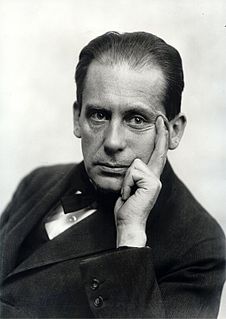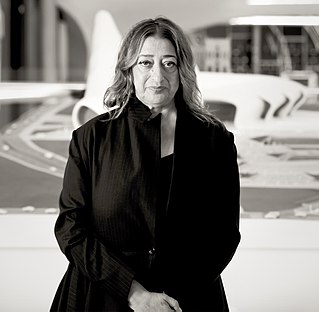A Quote by Ludwig Mies van der Rohe
We made drawings the size of a whole quarter of a room ceiling, which we would then send on to the model makers. I did this every day for two years. Even now I can draw cartouches with my eyes closed.
Related Quotes
But every point of view is a point of blindness: it incapacitates us for every other point of view. From a certain point of view, the room in which I write has no door. I turn around. Now I see the door, but the room has no window. I look up. From this point of view, the room has no floor. I look down; it has no ceiling. By avoiding particular points of view we are able to have an intuition of the whole. The ideal for a Christian is to become holy, a word which derives from “whole.
My parents danced together, her head on his chest. Both had their eyes closed. They seemed so perfectly content. If you can find someone like that, someone who you can hold and close your eyes to the world with, then you're lucky. Even if it only lasts for a minute or a day. The image of them gently swaying to the music is how I picture love in my mind even after all these years.
...being Lulu, it made me realize that all my life I've been living in a small, square room, with no windows and no doors. And I was fine. I was happy, even. I thought. Then someone came along and showed me there was a door in the room. One that I'd never even seen before. Then he opened it for me. Held my hand as I walked through it. And for one perfect day, I was on the other side. I was somewhere else. Someone else. And then he was gone, and I was thrown back into my little room. And now, no matter what I do, I can't seem to find that door.
To my way of thinking, the concept drawings that Rembrandt did, the drawings he made that he used to model his artists, to work out the compositions of his paintings: those are cartoons. Look at his sketch for the return of the prodigal son. The expression on the angry younger brother's face. The head is down; the eyebrow is just one curved line over the eyes. It communicates in a very shorthand way. It's beautiful, expressive, and, in a peculiar way, it's more powerful than the kind of stilted, formalized expression in the final painting.
I always did drawings. Then, few years ago, I started working with large-scale paper. It's an extension of performance, because the pieces are the size of my full body. I use pencils, acrylic, watercolors, and I also incorporate textual messages. I did most of them in a monastery in Spain at the top of a mountain. I lived there a bit like a monk. I meditate quite often. At night, which is when I like to work, I like to think I have conversations with Francisco Goya. He died so many years ago, of course, but somehow, his ghost is always with me.
Every disruptive innovation is powered by a simplifying technology, and then the technology has to get embedded in a different kind of a business model. The first two decades of digital computing were characterized by the huge mainframe computers that filled a whole room, and they had to be operated by PhD Computer Scientists. It took the engineers at IBM about four years to design these mainframe computers because there were no rules. It was an intuitive art and just by trial and error and experimentation they would evolve to a computer that worked.
